Lithium vs. NiMH: Which Battery Powers Your Solar Lights Best?
The heart of any solar light is its battery—it’s what keeps your yard glowing after sunset. Picking between lithium and nickel-metal hydride (NiMH) batteries can make or break your light’s lifespan, brightness, and reliability. American homeowners often wonder which is worth the cash and how they hold up in real-world use. This guide breaks down the differences in charge cycles, temperature performance, cost, and everyday experience to help you choose the right battery for your solar lights.
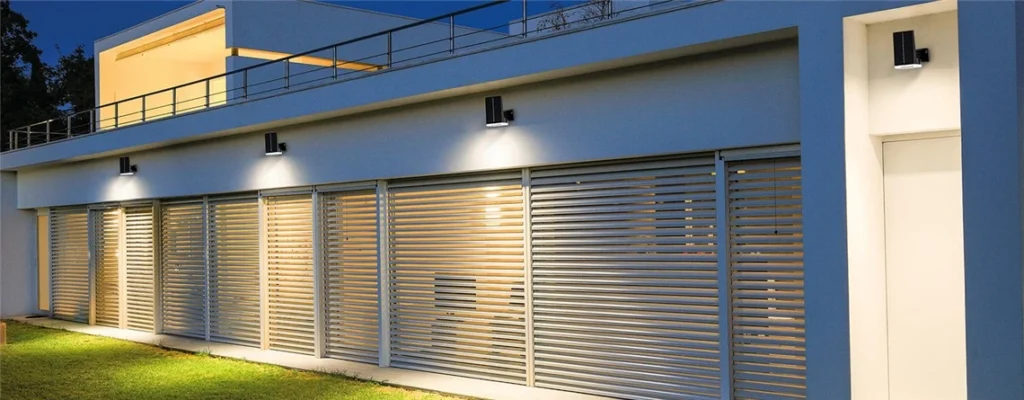
Charge Cycles: How Long They Last
A battery’s lifespan hinges on how many times it can charge and discharge before it starts fading. Here’s how lithium and NiMH stack up:
- Lithium Batteries: Typically handle 800–1000 charge cycles. In a solar light charging daily, that’s about 2–3 years of use before capacity drops noticeably. For example, a 2000 mAh lithium battery might still hold 80% capacity after 800 cycles.
- NiMH Batteries: Manage 500–700 cycles, translating to roughly 1.5–2 years under daily use. A California user reported their NiMH-powered light dimming after 18 months, needing replacement sooner than lithium.
Lithium batteries outlast NiMH, making them a better bet for long-term use, especially in high-use setups like path lighting.
Temperature Performance: Handling Heat and Cold
Your local climate plays a big role in how solar light batteries perform. Here’s how each type fares:
- Lithium Batteries: Shine in cold weather, operating well down to -20°C. In places like Minnesota, lithium-powered solar lights keep glowing through harsh winters, though charging efficiency dips in low sunlight. They’re less stable above 40°C, risking faster degradation in extreme heat.
- NiMH Batteries: More resilient in high temperatures, performing reliably up to 50°C. A Texas homeowner noted their NiMH lights held steady during 100°F summers. However, they struggle below 0°C, often losing capacity in cold snaps.
For chilly regions, lithium is the way to go. In hot climates, NiMH batteries have an edge for stability.
Cost Comparison: Upfront vs. Long-Term Value
Price is a big factor when choosing solar lights. Here’s the cost breakdown:
- Lithium Batteries: More expensive upfront—solar lights with lithium batteries often cost $25–$50 each, compared to $15–$30 for NiMH models. But their longer lifespan (2–3 years vs. 1.5–2) and better efficiency mean fewer replacements, saving money over time.
- NiMH Batteries: Cheaper initially, making them tempting for budget shoppers. A Florida family bought $15 NiMH lights for their garden, but replaced batteries twice in 3 years, nearly matching the cost of a lithium model.
Lithium batteries cost more out of the gate but often deliver better value for long-term use, especially for heavy-duty lighting needs.

Real-World Experience: Brightness and Runtime
How do these batteries affect your solar light’s performance day-to-day? Here’s what users notice:
- Brightness Decay: Lithium batteries hold their brightness longer. A 200-lumen lithium-powered light might drop to 180 lumens after a year, while a NiMH light could fade to 150 lumens in the same time. A Colorado user swapped NiMH for lithium and saw steadier light output over 18 months.
- Nightly Runtime: Lithium batteries, with higher capacity (e.g., 2000–3000 mAh), often power lights for 8–10 hours after a full charge. NiMH (1000–2000 mAh) typically lasts 6–8 hours. In cloudy Seattle, a lithium light outperformed NiMH, staying on longer during low-sun days.
- Charging Efficiency: Lithium batteries charge faster and hold more energy from photovoltaic panels, making them better for areas with limited sunlight. NiMH can lag in quick recharges, especially in winter.
Lithium offers a smoother, longer-lasting experience, but NiMH still gets the job done for basic needs.
Tips for Getting the Most Out of Your Battery
To maximize your solar light’s performance, regardless of battery type, try these practical steps:
- Place Panels Smartly: Ensure photovoltaic panels get 4–6 hours of direct sun daily. Use a light meter app to avoid shady spots that starve the battery.
- Clean Regularly: Dust or snow on panels cuts charging efficiency. Wipe them monthly with a damp cloth to keep batteries fully juiced.
- Check Battery Specs: Look for replaceable batteries (especially lithium) to extend light life. Note the mAh rating—higher means longer runtime.
- Match to Climate: Pick lithium for cold regions or NiMH for hot ones. Check temperature ratings (e.g., -20°C to 40°C for lithium) to avoid surprises.
A little care keeps your lights bright and your batteries humming.
Wrapping It Up: Lithium for Longevity, NiMH for Budget
For most American homeowners, lithium batteries are the smarter pick for solar lights, offering 800–1000 charge cycles, solid cold-weather performance, and longer-lasting brightness. They cost more upfront but save you from frequent replacements, making them ideal for heavy-use setups like driveways or security lighting. NiMH batteries are a budget-friendly alternative, holding up well in heat and fine for basic tasks like garden accents, though they fade faster and run shorter. Match your choice to your climate and lighting needs, and ensure photovoltaic panels get enough sun. With the right battery and a bit of maintenance, your solar lights will keep your yard glowing for years without breaking the bank.

-2-450x231.webp)


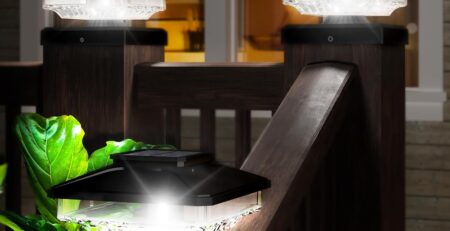

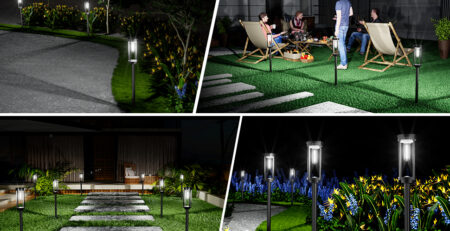
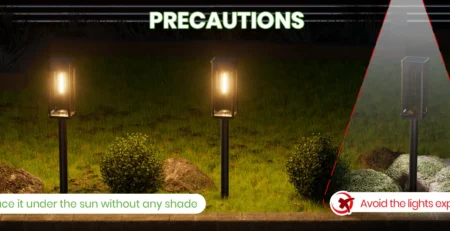
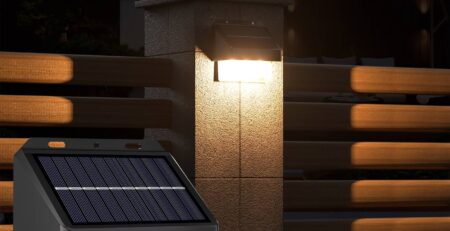
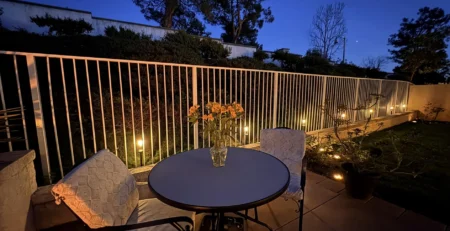
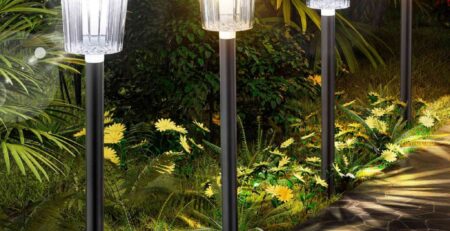
Leave a Reply